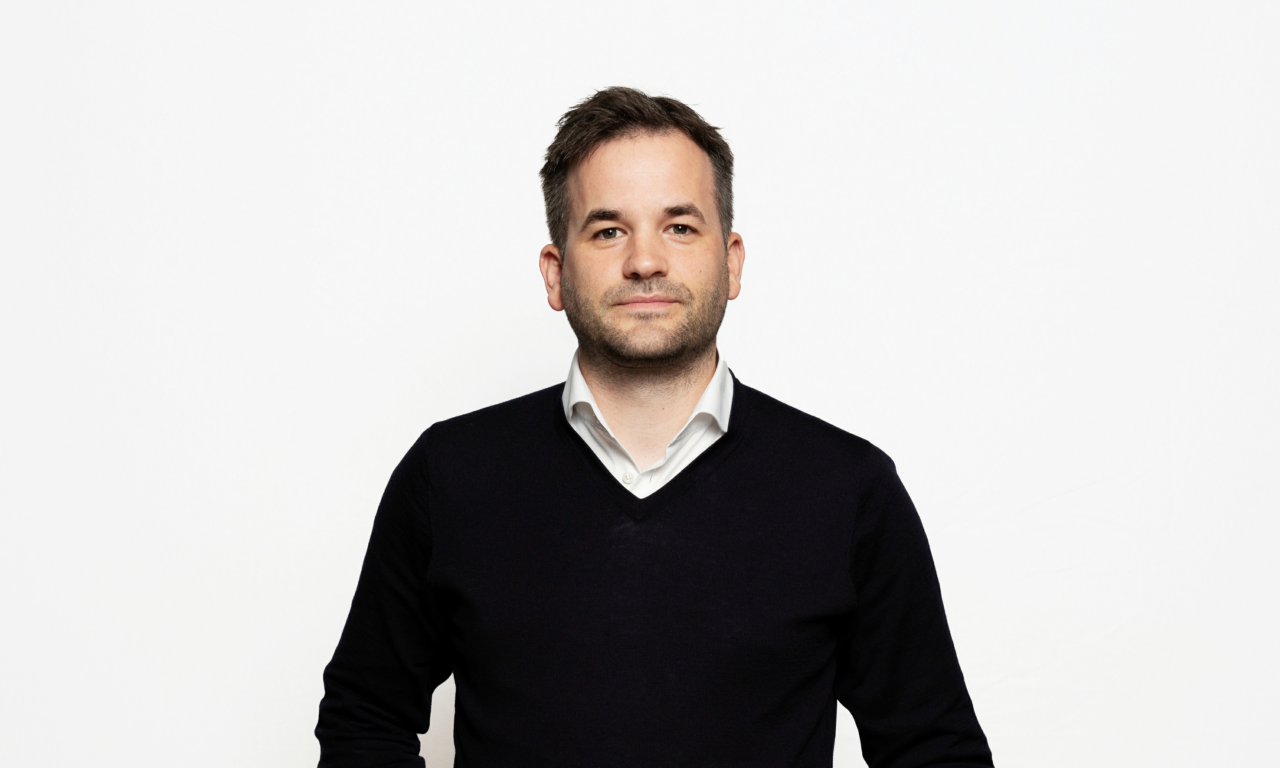Blauw’s Philip Rouwenhorst on why sponsorship evaluations should explore more than ‘the final number’

Philip Rouwenhorst of Blauw Sponsoring Insights explains that searching for a simple quantitative conclusion as opposed to a range of insightful data is neither easy nor useful. It’s a good reminder that there is no isolated piece of data that tells you everything you ought to know about your sponsorship performance. Blauw's methodology goes further to ask: how does sponsorship influence the consumer thought process?
"Through deep segmentation of the data, we create subgroups. By comparing these subgroups or segments over time, we can then come close to seeing what the effect of sponsorship is on the behaviour of consumers and the image consumers have of the brand."
As part of the broader marketing mix, the direct impact of a sponsorship is often clouded by concurrent marketing activities. In their analytical process, Blauw design a tailored questionnaire for consumers relevant to the sponsorship being measured. Organisations know how to collect data and are quite capable of producing a questionnaire; Blauw attracts companies with their understanding of what the data means for the future of a sponsorship portfolio and its activations.
"It's in providing our clients with conclusions, suggestions, and interpretation of the data where we make a difference."
While single-figure summaries of a sponsorship may be valuable as part of a brief overview, Blauw's active data collection produces wider performance evolutions and penetrating insights into that data. Targeting the gradational unfolding of a sponsorships and its activations - as opposed to simply marking its start and finish lines - enables this ongoing flexibility. With active data collection, companies ultimately grow to know their brand, their consumer, and their sponsorships better. Blauw's atomisation of performance makes sense in a commercial reality where incremental changes and behaviours are nudging the numbers in one way or another. Crucial KPI's like consumer perception demand qualitative and quantitative understanding when moving forward with or scaling down sponsorship activations; in doing much of their work continuously, Blauw are able to construct a picture of an entire season, or an entire sponsorship cycle. The value is then supplanted with their specialised advice.
"The added value of our service is in the consultation and adjustment."
With short-term measurements, companies can be more responsive to data at the level of social media posts and smaller activations, not merely lengthy campaigns. As such, Blauw's methodology is suitable across sponsorships of varied size and scope.
A solely numerical distillation of performance is tempting, and Philip accepts that "'[w]hat you should pay' or 'what you should have paid' or 'what a sponsorship is worth' is information everyone ultimately wants, but that is also not realistic to exactly find using any methodology." Looking for an isolated number to take to your CFO as quickly as possible is not painting the full picture.
“Brands sponsoring in women’s football, for instance, would only find that they generate less exposure compared to men’s football. That is only half of the story, though, since the exposure it does create might actually work much better for your brand. That information is exactly what we provide our clients with.”
ROI calculations are fundamentally about assessing past actions and determining future potentials. With the numerous types of marketing strategies involved in partnership campaigns, it is critical to pick a methodology that offers the most meaningful answers, not the easy ones.








